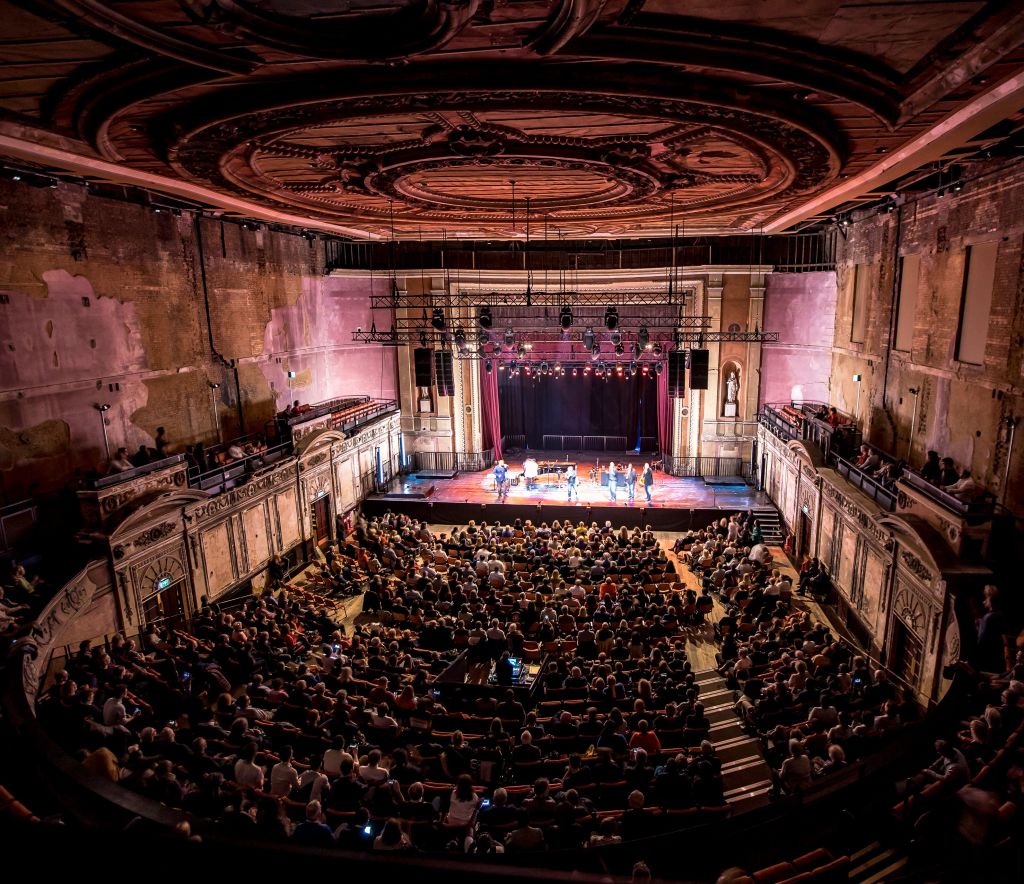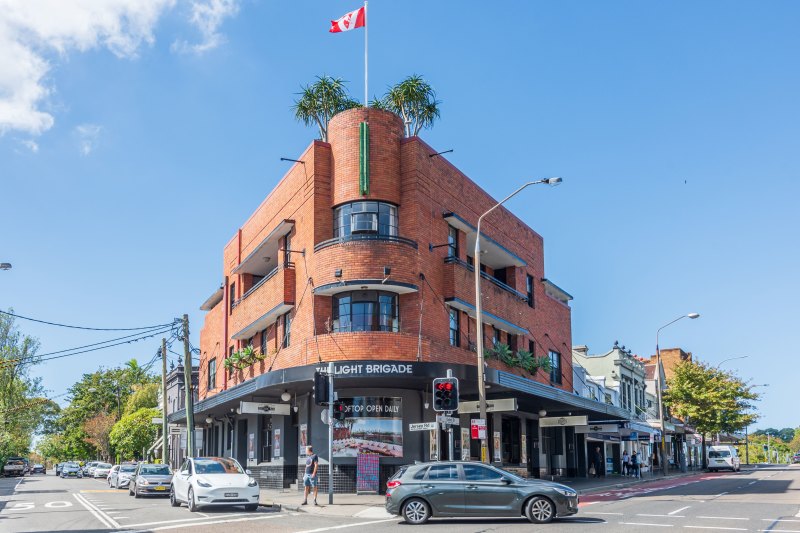
The 'arrested decay' architecture trend is changing how we restore our old buildings
A new approach to restoring old structures is placing an increasing emphasis on retaining the elements of a building that give them their decrepit appearance – a practice that some architects term “arrested decay”.
Buildings that are found in near ruinous states, or whose original purpose belonged to some redundant industrial age, are being restored in a way that reflects a genuine appreciation for their recent history as part of the trend.
One example is the $49 million revival of London’s Alexandra Palace, led by Feilden Clegg Bradley Studios, which won three Royal Institute of British Architects (RIBA) awards earlier this year.
A long-disused Victorian exhibition hall and theatre, the palace is today a breathtakingly beautiful example of a building being valued not because it’s new and flashy but specifically for the charming fact that it appears to be all but falling apart.
Re-engineering the auditorium so it was safe, had level floors and new seating; enough roof strength to hold heavy light rigging, and generally to serve the multi-purposes to which it had been put since opening last December, Matt Somerville, one of the Studio’s lead architects, described the delicate job as “consolidation rather than restoration”.
The rot was stopped on the fancy plaster roof. On the flaking walls, what was loose was removed. But the rest, he said, “was touched as little as possible” so that a “fragile quality that could have been changed by well-meaning repair” was kept as found.
The RIBA jury judged the result of the six-year project as “almost magically revealed as a treasure trove of crumbling Victorian plaster”.
Australian architects have also begun celebrating the practices that can strike the deft balance of celebrating the historic fabric in revitalised buildings by letting the scars and wear show up rather than whitewashing them into oblivion.
Other ways of describing this alternate method of holding onto at least a little of our scant built heritage are “preservation in place” and “the poetry of decay”.
Melbourne architect Kerstin Thompson is well-versed in the genre having last year converted the 104-year-old stables of the Victoria Mounted Police Branch into a multi-use facility, including studio spaces for students at Melbourne University’s Faculty of Fine Art.
Small, open-sided studios were made out of the horse stall divisions.
The project was shortlisted in the Old/New category of last year’s World Architecture Festival.
This year, Thompson’s firm KTA won the Victorian AIA Heritage Award for its feather-light refurbishment of the Sacred Heart Building at the artisan polis of historic Abbotsford Convent on the Yarra River.
While Thompson said leaving intact “the peeling paint and patches of tiles was very important to register the fact that the building had for so long been a dormitory for all sorts of women”, there were other rationale for “touching the building so lightly and leaving well enough alone”.
One is to preserve the stories embedded in the walls. “In all of these projects there are a number of stories [to the place] that are still evident and can still be read. Allowing these buildings to tell of our collective history is a very important thing to do”, she said. “It also respects people’s attachment to these places.”
Another is appreciating the workmanship of other times, and that fashions change over time. “You can’t reproduce an authentic patina and it is very difficult to match the craft and sheer gravitas that old buildings have.”
Breathe Architecture, another Melbourne studio, won two gongs (Heritage and Commercial) in the NSW 2019 AIA awards for the way it re-presented an 80-year-old brick warehouse that had been the headquarters of Paramount Pictures as an atmospheric, 29-room Surry Hills boutique hotel known as The Paramount House Hotel.
With the addition of a chevron copper screen on the new upper level and the light atrium, the wedge-shaped building is revealed, according to Breathe, as a marriage of two ideas, “the artefact and ornament”.
“It’s an idea about expressing everything that was old, and true and honest and raw, about the existing warehouse; and capturing the spirit and excitement of the golden era of film.”
While, as Thompson says, it is impossible to re-manufacture the authenticity inherent in older buildings, there is an over-riding incentive to retaining and – with restraint – re-presenting once semi-decrepit old buildings.
And that is about the creation of unnecessary waste.
With the construction sector globally responsible for consuming 20 per cent of water, 25 per cent of the virgin wood and 40 per cent of energy in the world, there is a timely sustainability focus shift from the shiny novelty to the myriad ways there are to preserve what we already have.
“The wastage in the building industry”, said Thompson, “is so terrible that we have to know that what we are replacing will be much better. Otherwise, just leaving and maintaining what is already delightful is the way of the future.
“We’re going to see a lot more of this and it is going to make our cities so much more interesting.”
Get a weekly roundup of the latest news from Commercial Real Estate, delivered straight to your inbox!






